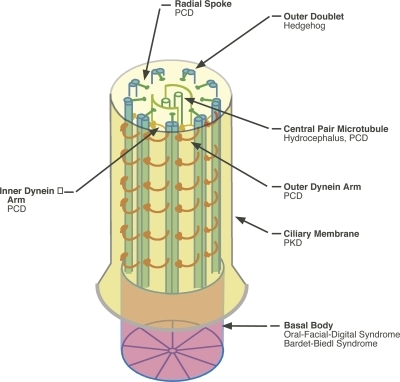Here is a list of 8 bullet topics featuring evidence for testable means that would support Intelligent Design Theory:
1. Complex Specified Information (CSI), aka specified complexity; William Dembski’s No Free Lunch theorems.
A sand sculpture is a good example of CSI. At some juncture there is enough information evident from some event that we can deduce intelligent design. It is a safe conclusion that this sand formation is not the product of wind.
2. Michael Behe’s testable predictions regarding Irreducible Complexity. Molecular biologist Jonathan McLatchie also wrote an essay on this subject. An irreducibly complex system is one that (a) the removal of a protein renders the molecular machine inoperable, and (b) the biochemical structure has no stepwise evolutionary pathway. Michael Behe further describes the condition:
“An irreducibly complex evolutionary pathway is one that contains one or more unselected steps (that is, one or more necessary-but-unselected mutations). The degree of irreducible complexity is the number of unselected steps in the pathway.” (A Response to Critics of Darwin’s Black Box, by Michael Behe, PCID, Volume 1.1, January February March, 2002. Source: http://www.ideacenter.org/contentmgr/showdetails.php/id/840).
3. Quantum Biology. Consider this paper.
4. The work of James Shapiro. One of his discoveries is Natural Genetic Engineering (NGE). Shapiro wrote this essay to summarize NGE here. This is a more comprehensive paper on the subject.

Origin of Life requires the formation of many molecular machines to be installed and running before the existence of the first living and reproducing cell.
5. Origin of Life research based upon Information Theory. An example is the work done by Paul Davies at Arizona State University. Here is the press release for their research. This is their paper, “Algorithmic Origins of Life.” It is an approach to abiogenesis, but from an Information Theory approach instead of chemical evolution. Live Science also reported on the study.
6. A special class of natural genetic engineering is cell cognition when the genome of a population is modified by an intelligent cause instead of an unguided process like natural selection or horizontal gene transfer. Cell cognition refers to the decision-making processes that occur at the cellular level.
7. The work of William Dembski in the field of bioinformatics.

The image is a cilium. It was predicted by Michael Behe in 1996 to be irreducibly complex, and the product of multiple coordinated mutations that occurred simultaneously.
8. Design-inspired predictions based upon there being multiple simultaneous mutation events as opposed to gradual successive modifications one mutation at a time. Design theorists call these multiple coordinated events. These break the standard successive stepwise modifications that natural selection is based upon. Some multiple coordinated mutation events result in irreducible complex molecular machinery.
Intelligent Design is a scientific theory, which the Discovery Institute states, “holds that certain features of the universe and of living things are best explained by an intelligent cause, not an undirected process such as natural selection.” Source: http://www.intelligentdesign.org/


Pingback: CPAC: Conservative Atheists Fear Theocracy | BrotherWatch
Wow – this is mind blowing stuff. I’ve always thought that the dna coded info contained segments that would be used later in life or that would be created by the dna later for later use.
This seems to take Darwin’s concepts apart and shred them. What a shame those peeps in the top jobs need their pensions. This could have been widely known years ago.
Thanks for a really interesting article but I must admit, I did get a bit lost.
All the best – Andre
Is there any requirement for the designer to be some kind of supernatural entitiy?